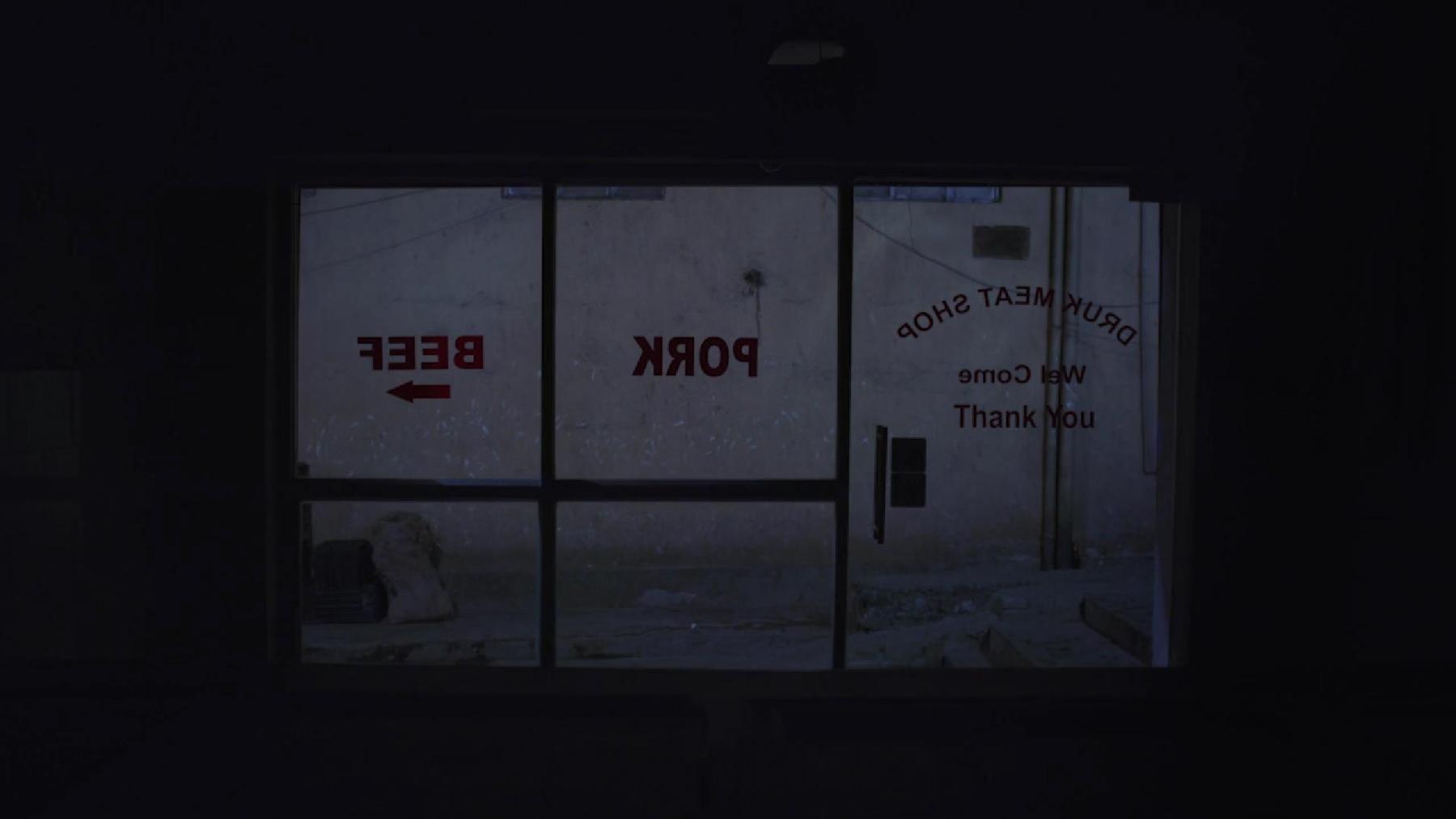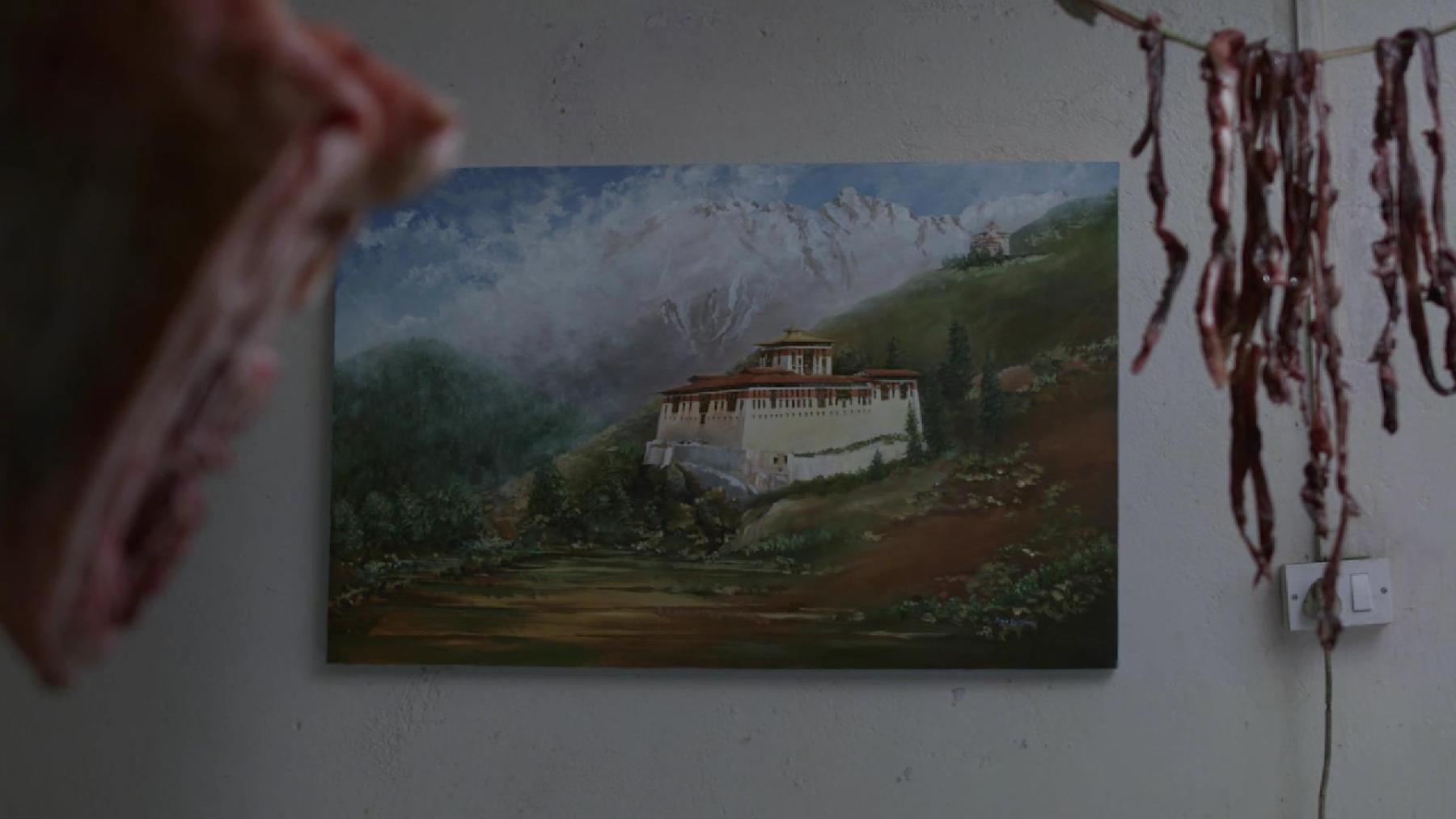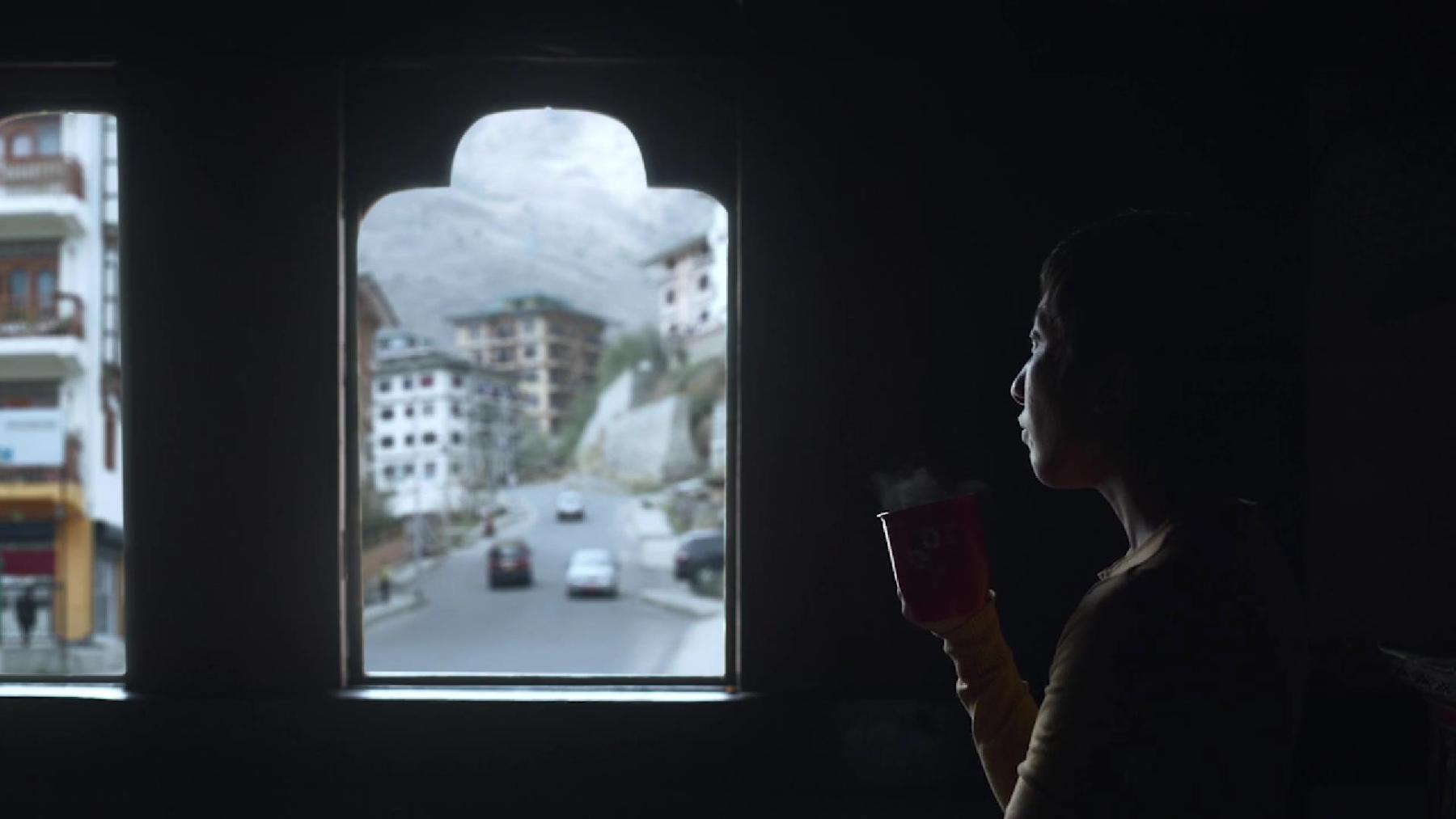Butchering the Real: Kelzang Dorjee’s Why is the Sky Dark at Night?

Kelzang Dorjee’s independent short film Why is the Sky Dark at Night? (2021) is set in a quiet corner of Thimphu, the capital city of Bhutan. Supported by the Bhutanese streaming app Samuh, the short film represents a flowering of independent cinema in Bhutan over the last decade as filmmakers continue to search for themes, patronage and audiences that can allow film cultures in the Himalayan country to move beyond the heavy-handed influence of Indian and world cinema. As the subjects of these films also struggle to escape the formulaic representation of an abstract conflict between Buddhist traditionalism and global modernity, filmmakers are increasingly drawing from the country’s spiritual tradition to construct more startling and stark encounters with the contemporary world—often leading to tableaux of spiritual paralysis instead of a simple celebration of cultural difference.

Dorjee’s film also frames itself with passages from the Tibetan Book of the Dead, orienting the text towards a dark, existential narrative that creeps up quietly. Revolving around the routine of a young woman who works at a butcher’s shop in Thimphu, the film prefaces her story with a sinuous camera moving through the space of a lush forest, as a whispered voice-over reminds the audience that the film is grounded in the philosophical ideals of Padmasambhava, who warns us against the world of appearances and their essential impermanence. As we are introduced to the quotidian brutality of Dema’s job at the butcher’s shop, it becomes clear that her life is a staging ground for this conflict, even as she finds no clear map that can help her ignore the charged intensity of the living moment before it passes into impermanence. The shop window becomes a screen for the world outside, where half-articulate scenes are played out for Dema’s sake as she waits for customers. Callous ones are in a rush to leave as soon as possible, while disabled customers attempt to make an empathetic connection with her. Soon, her boyfriend turns up and says that he is going to leave the city for his village and never come back again. His eccentric affectation—of pretending to smoke a cigarette with his fingers—is justified to be real simply because it takes place in the world by his will. Dema tells him she is carrying his child. The boyfriend quickly leaves a wad of cash and asks her to abort it, after which he leaves the shop. Out of this spare narrative a whole world of atmosphere seeps into the lived world of the young protagonist.

The city of Thimphu is co-opted into this narrative of chance and experience. It is an open ground for inexplicable encounters and rushed intimacies. Dema’s solitude seems to achieve an even greater sense of isolation with the revelation of her pregnancy. The limbo of the bardo evoked in the prefatory voice-over flashes ominously—tying the fates of both Dema and her unborn child together in a state of constant becoming, in apprehension of a possible transition to a more permanent state of life or death. The film leaves Dema weeping for her fate, but one suspects that it is not grief for a failed relationship or even an errant pregnancy that moves her as much as an overbearing need to respond to the stasis of the present.

All images from Why is the Sky Dark at Night? (2021) by Kelzang Dorjee. Images courtesy of the director.




